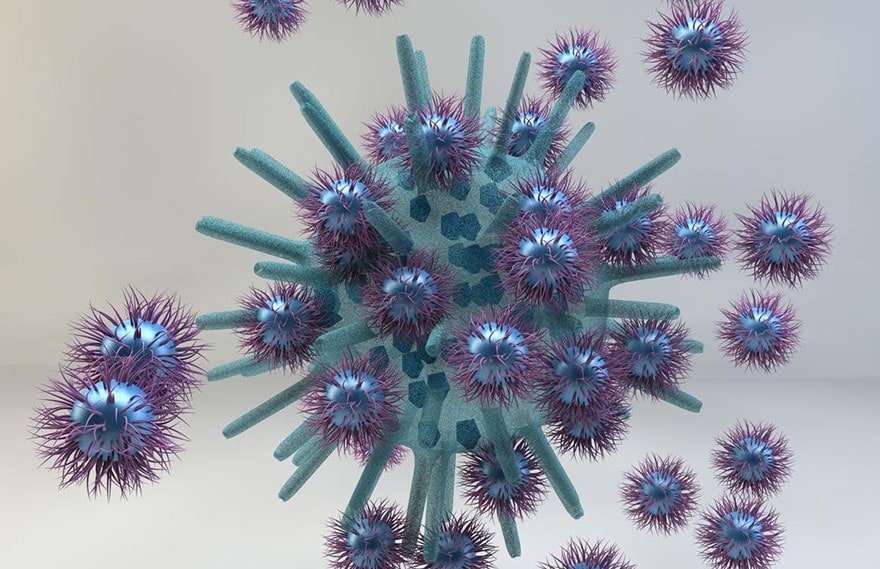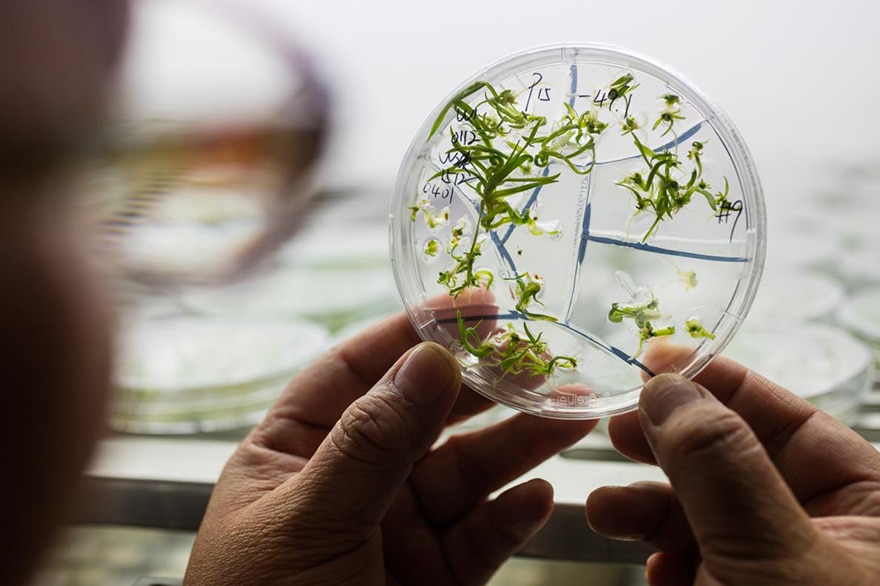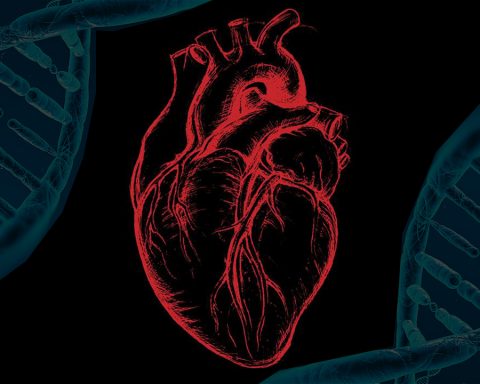Urgent need for broad spectrum treatment
Deceptive nanoparticles

Positive results on several viruses
READ UP : Gold particles, DNA and water: the future of medicine?

READ UP : Gold particles, DNA and water: the future of medicine?



Already registered? I'm connecting
Register and read three articles for free. Subscribe to our newsletter to keep up to date with the latest news.
→ Register for free to continue reading.

You have received 3 free articles to discover UP'.





